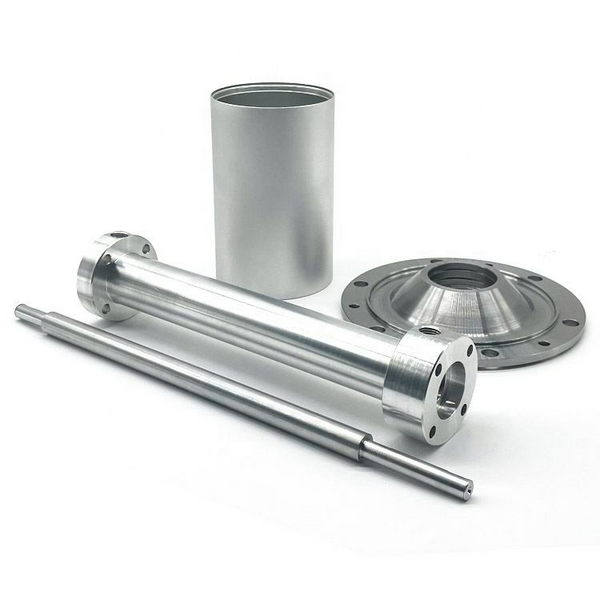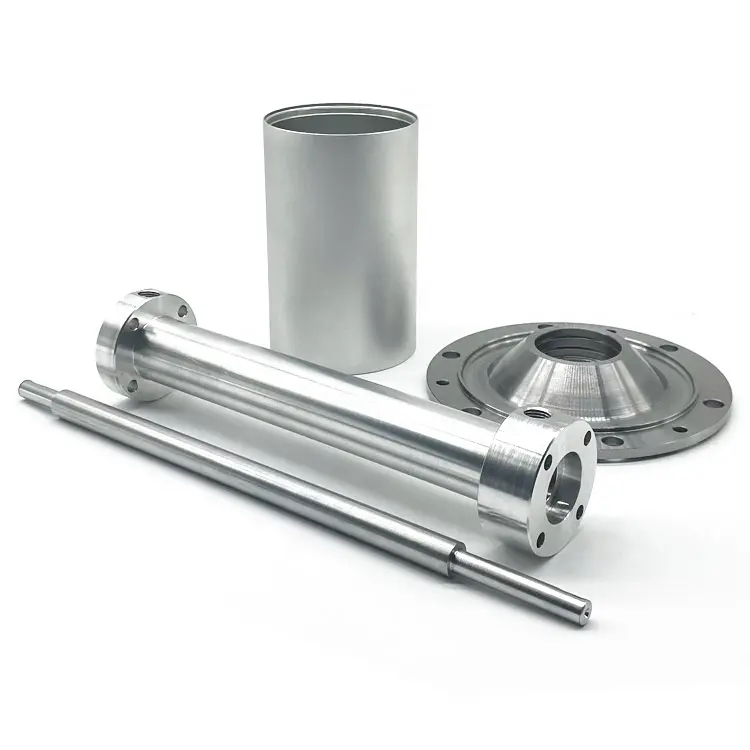Notifications
ALL BUSINESS
COMIDA
DIRECTORIES
ENTERTAINMENT
FINER THINGS
HEALTH
MARKETPLACE
MEMBER's ONLY
MONEY MATTER$
MOTIVATIONAL
NEWS & WEATHER
TECHNOLOGIA
TV NETWORKS
VIDEOS
VOTE USA 2026/2028
INVESTOR RELATIONS
DEV FOR 2025 / 2026
ALL BUSINESS
COMIDA
DIRECTORIES
ENTERTAINMENT
FINER THINGS
HEALTH
MARKETPLACE
MEMBER's ONLY
MONEY MATTER$
MOTIVATIONAL
NEWS & WEATHER
TECHNOLOGIA
TV NETWORKS
VIDEOS
VOTE USA 2026/2028
INVESTOR RELATIONS
DEV FOR 2025 / 2026
 vishva patel -
March 10, 2023 -
Technology -
496 views -
0 Comments -
0 Likes -
0 Reviews
vishva patel -
March 10, 2023 -
Technology -
496 views -
0 Comments -
0 Likes -
0 Reviews

Arthritis is a disease that is painful and difficult to treat, but there is now a new treatment option available. According to the statistics, one in every six people suffers from arthritis. Five different institutes that fall under the umbrella of the German research organization Fraunhofer are collaborating on the development of 3D-printed finger joint implants that patients will be able to individually tailor to their needs.

There are not many treatment options available for arthritis of the CNC machining steel hands and other conditions of a similar nature at this time. If implants are to be used despite the fact that the joint will fuse, there are currently two options on the market to choose from: silicone implants, which typically become loose within a short period of time, or basic standard implants, which are only available in certain sizes and do not permit full participation in sports. Because of this, there is an urgent need for a solution that fits perfectly, does not slip out of position, and restores previous activity levels. This solution would be a personalized implant.
Titanium powder served as the raw material for the binder-jet 3D printing process that was used to manufacture the implants. The group began by developing a piece of software powered by artificial intelligence that was able to transform two-dimensional X-ray images into three-dimensional models of finger bones and correct any alignment issues that may have been present in the fingers. The researchers then made use of artificial intelligence to create a personalized implant design CNC products based on the model of the finger, and they printed it using a 3D printer. For the production of these items, the metal binder jetting method of 3D printing was chosen, and the materials consisted of titanium alloy powder. The implants were then sintered to produce the final product after they were printed out.
Even patients with Rheumatoid Arthritis who have severely crooked fingers are candidates for the most effective treatment with 3D printed implants. AI-based design from 2D images to 3D implants is a brand new technology that has been developed by the team and is currently in the process of being submitted for a patent. The production of finger implants at Fraunhofer was accomplished through the use of a technology known as metal adhesive jetting. Because this technology does not require support, not only can it significantly lessen the amount of work that must be done during post-processing, but it can also fulfill the requirements of the design to facilitate the expansion and incorporation of the technology. Specifications needed for printing complicated bone structures. In terms of the materials, ceramic materials, in addition to metals such as titanium, can also be utilized. Ceramic materials. Slip casting is a specialized method of casting that utilizes plaster molds, and it is the method that is used to process these materials.
On the basis of Fraunhofer's personalized 3D printed implants, it will be possible in the future to provide effective treatment for even the most complex cases, such as fingers that are severely bent, missing bone parts, or very small joints. This will be in addition to solving the difficult problem of rheumatoid arthritis, which is currently a problem. According to the research team, the subsequent step is to obtain approval and seek corporate cooperation in order to bring the product to market. The team also has aspirations of establishing an artificial intelligence-based personalized implant development and certification compliance assessment center.
The heat transfer capability of a cooling plate made of 3D-printed copper is significantly improved.
Copper is frequently utilized in the production of heat dissipation and cooling components due to the material's high thermal conductivity. The ability of 3D printing to realize complex geometric shapes results in an improvement in the effectiveness of heat dissipation and cooling components. Copper cooling components that were 3D printed would therefore, in theory, have a good efficiency.
Copper, on the other hand, is a challenging material to 3D print due to the fact that it has a high reflectivity and is a good thermal conductor. Nevertheless, thanks to the development of technology for 3D printing, there are now several processes for 3D printing that are capable of using copper for 3D printing very successfully. In 2021, Alloyed displayed a 3D printed copper cooling plate at the Formnext exhibition, which was dedicated to the field of 3D printing.
Alloyed has developed a set of advanced product design software in order to give full play to the role that 3D printing can play. This software can not only design parts with complex geometric structures, but it can also select the most suitable 3D printing process and alloy materials through algorithms. This allows Alloyed to give full play CNC drilling services to the role that 3D printing can play. This makes it possible to deliver better functioning parts for a variety of applications in a quicker and more cost-effective manner.
It is common knowledge that this cooling plate CNC turning services serves a unique purpose in computer data centers. It is a cooling system that uses liquid. Because of its complex geometry, it has better performance in terms of heat exchange and liquid pressure drop, and its cooling efficiency is also higher. These advantages contribute to the overall higher level of performance. In addition, the integrated structure of a product made with 3D printing reduces the amount of assembly that is required and makes it simpler to maintain. At the moment, in addition to the development of new technologies, some material manufacturers are also conducting research into new varieties of copper powder so that it can be utilized with the SLM3D printers that are currently in widespread use.
